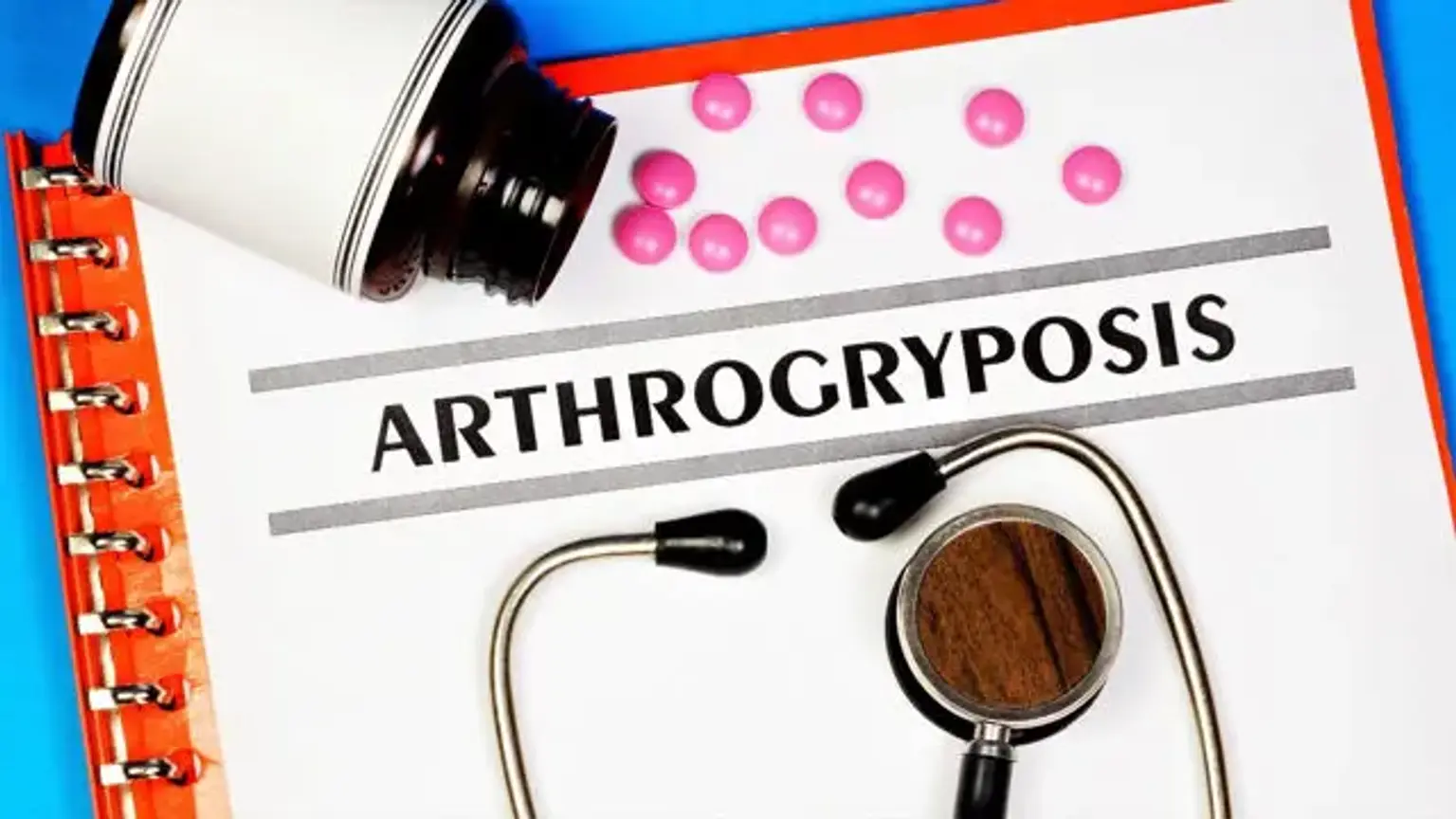Arthrogryposis
Overview
Arthrogryposis (arthrogryposis multiplex congenita – AMC) is not a separate medical entity, but rather a descriptive term for around 300 different disorders with varied etiologies. The occurrence of congenital, typically non-progressive joint contractures affecting at least two separate body locations is a defining trait.
This group of illnesses includes the so-called classic arthrogryposis – Amyoplasia, which has distinct clinical characteristics such as symmetrical, severe contractures involving both the upper and lower limbs.
